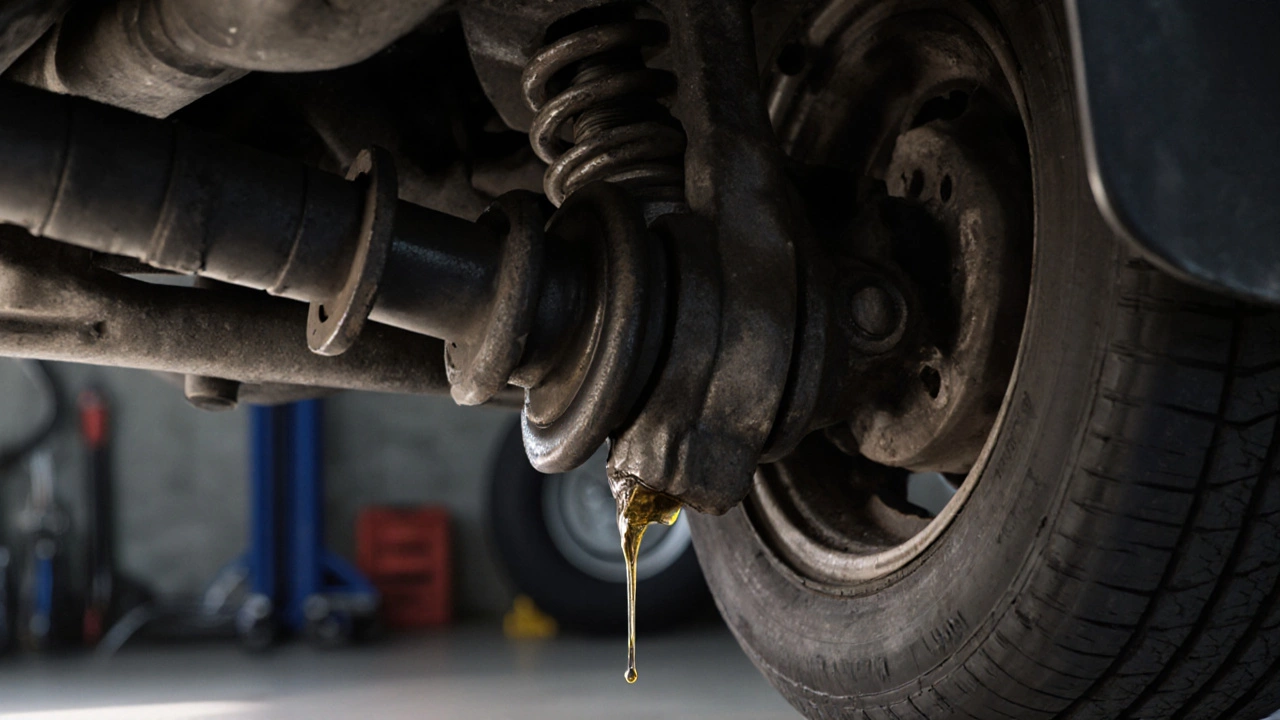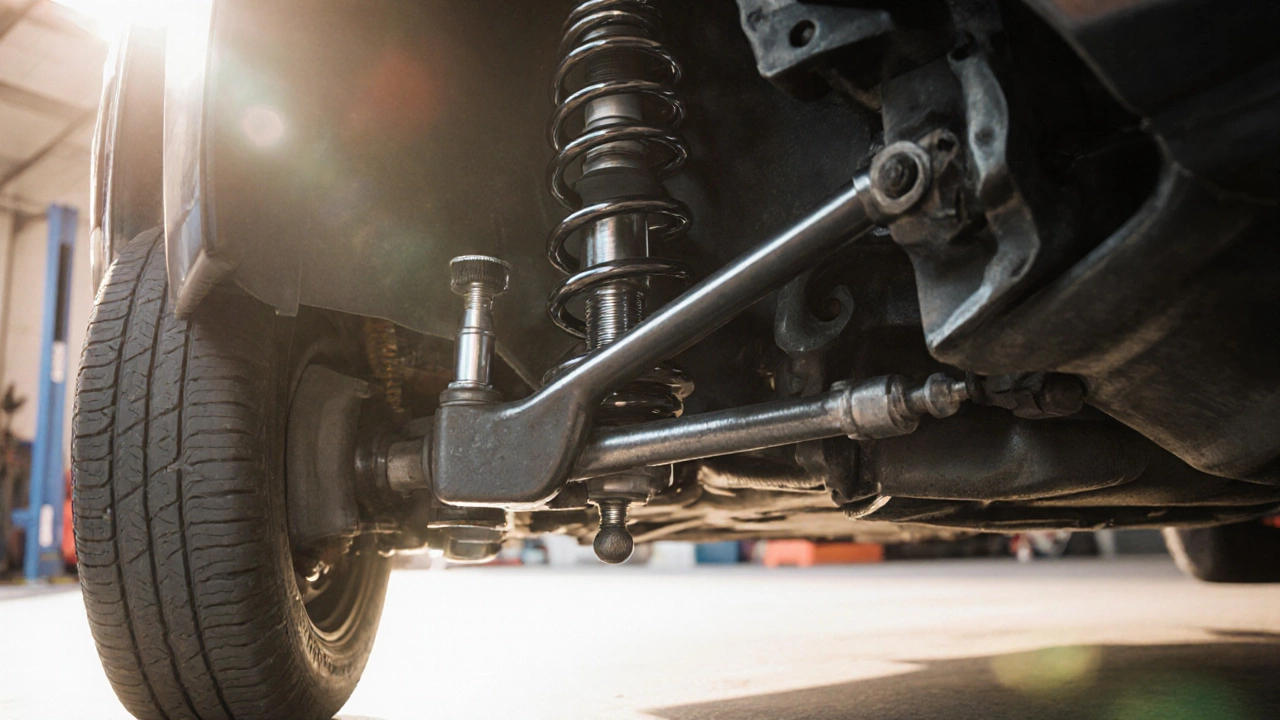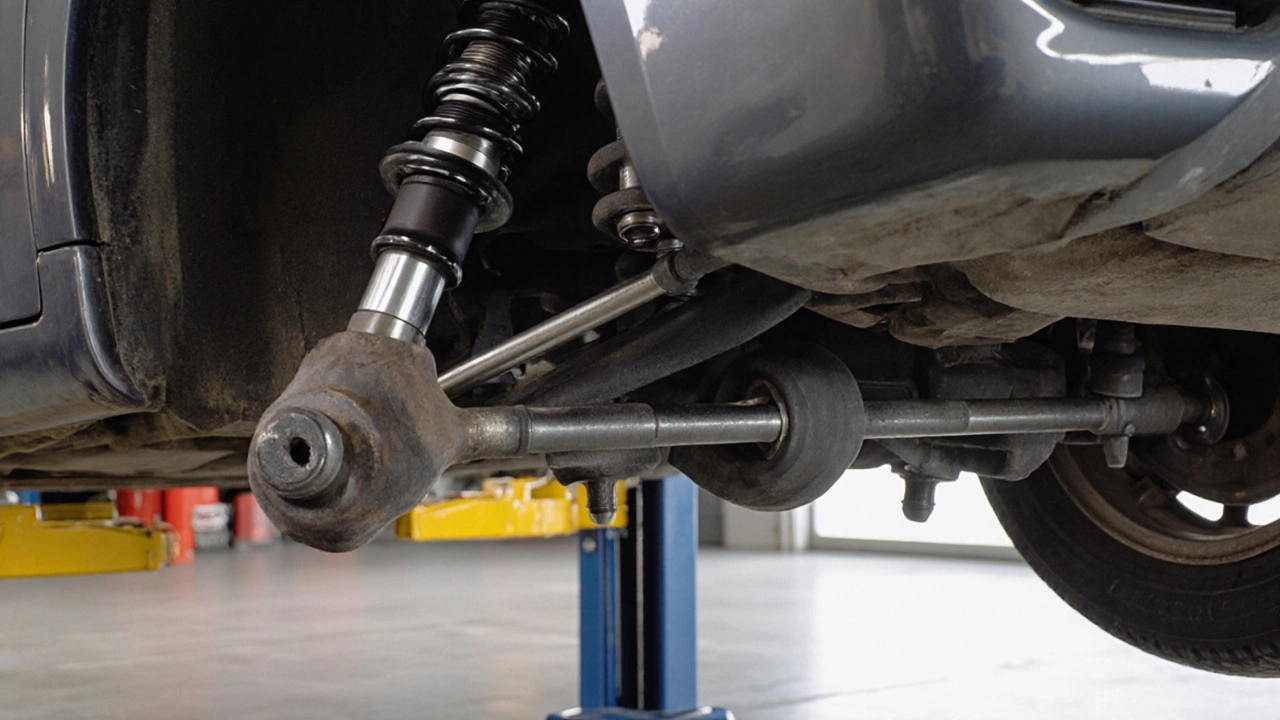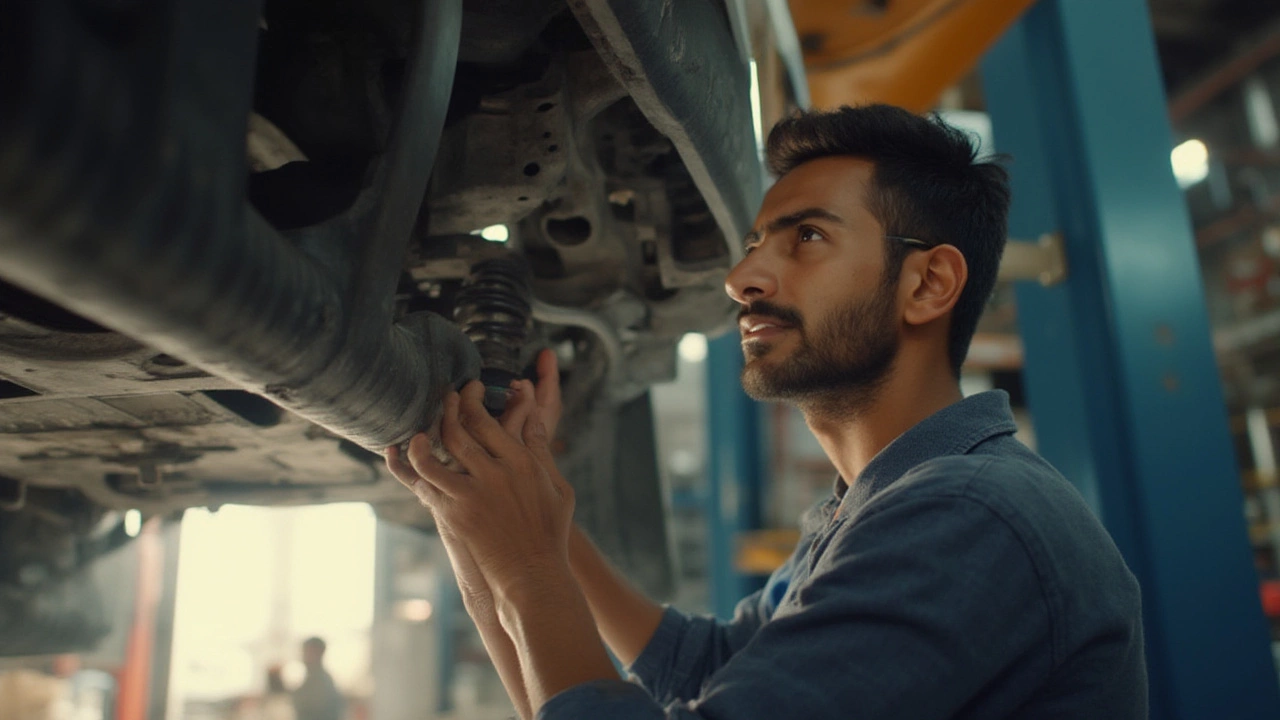Suspension Guide: What Every Driver Should Know
If your car feels like a roller‑coaster, the suspension is probably the culprit. It’s the system that cushions bumps, keeps the wheels on the road, and makes steering feel steady. Ignoring a bad suspension can hurt comfort, safety, and even fuel mileage. Below you’ll find the most common issues, simple checks you can do at home, and practical tips to keep everything humming.
Common Suspension Issues
First, let’s talk about the usual suspects. Worn‑out shocks or struts are the most frequent problem – you’ll notice a thudding sensation over potholes or a loose feeling when cornering. Bent control arms or damaged springs show up as uneven tire wear or a car that leans to one side. If you hear clunking noises while turning, the ball joints or bushings might be loose.
Front suspension wear is another hot topic. The front end does most of the steering work, so its components often wear faster. Look for steering pull, a deep rattling sound, or a sagging front end. When any of these symptoms appear, the lifespan of your front suspension is probably nearing its end, and waiting can lead to costly repairs.
Many drivers wonder whether it’s safe to keep driving with a worn suspension. The short answer: not really. A worn system reduces road grip, makes braking unpredictable, and can cause premature tire wear. It also stresses other parts like the steering rack. So, if you spot persistent bumps or noises, schedule a check soon.
Quick Fixes & Maintenance Tips
Good news – you don’t always need a shop visit for every issue. Simple visual checks can reveal a lot. Pop the hood and look at the shocks: they should be free of oil leaks and have a solid bounce when you press down on the car. For springs, make sure they aren’t cracked or sagging. A quick wheel‑listen test (listen for rattles while driving slowly) can help locate a loose component.
If you discover a bent suspension part, you can often tell by a noticeable wobble when you push the car up and down. Tightening loose bolts or replacing a cracked bushing can restore stability without a big expense. When it comes to softening a harsh ride, swapping out stock springs for slightly softer ones or adding silicone bump stops can make a noticeable difference.When it’s time to replace shocks or struts, you don’t have to break the bank. Many aftermarket options offer a balance of comfort and durability. Pair new shocks with fresh mounts and you’ll often see improved handling and a smoother ride. Remember to also check the alignment after any suspension work – it ensures even tire wear and proper steering response.
Regular maintenance keeps the suspension healthy. A quick oil change, proper tire pressure, and avoiding potholes when possible all reduce stress on the system. If you drive a lot on rough roads, consider a suspension inspection every 20,000 miles. Spotting wear early means cheaper fixes and a longer lifespan for your components.
Bottom line: the suspension is the unsung hero of a comfortable drive. By knowing the common signs – clunks, uneven wear, sagging, or a bumpy feel – you can act fast. Simple DIY checks, timely replacements, and routine care keep your car stable, safe, and pleasant to drive. Ready to give your ride the attention it deserves? Start with a quick bounce test today and see what your suspension is trying to tell you.

What Are Signs of Worn Out Suspension? 7 Clear Warning Signs You Can't Ignore
Learn the 7 clear signs of worn out suspension that every driver should watch for-bouncing, uneven tire wear, steering issues, noises, and more. Don't ignore these warnings-they affect safety and cost more to fix later.
CONTINUE READING
How Long Can You Drive With Bad Shocks? Real Risks and When to Replace Them
Driving with bad shocks reduces control, increases stopping distance, and wears out tires faster. Learn the signs, risks, and when to replace them for safety on New Zealand roads.
CONTINUE READING
What are the 4 Types of Suspension? Explained with Real‑World Examples
Learn the four main suspension types-independent, dependent, semi‑independent and air-plus their pros, cons, common applications, and maintenance tips.
CONTINUE READING
How to Soften Your Car Suspension: DIY Tips for a Comfortable Ride
Learn practical ways to soften your car's suspension for a smoother ride. Covers shocks, springs, air kits, bushings, anti‑roll bars, DIY steps, costs, and FAQs.
CONTINUE READING
Most Common Suspension System Problem: Worn Shock Absorbers Explained
Discover why worn shock absorbers are the most common suspension problem, how to spot the signs, and step-by-step repair tips for smoother handling.
CONTINUE READING
Most Common Suspension Type Explained: Discover Why MacPherson Strut Rules the Road
Find out what drives car comfort and control. Uncover the most common suspension system, why it’s everywhere, and what makes it so effective for your daily ride.
CONTINUE READING














